On March 9, 1916 Francisco (Pancho) Villa’s“guerrilla militia” attacked a United States army outpost at Columbus, New Mexico and killed several Americans. In response General John J. Pershing lead the Villa Punitive Expedition into Mexico. Despite pulling out seemingly all the technological stops, the guerrilla leader was proving difficult to capture.
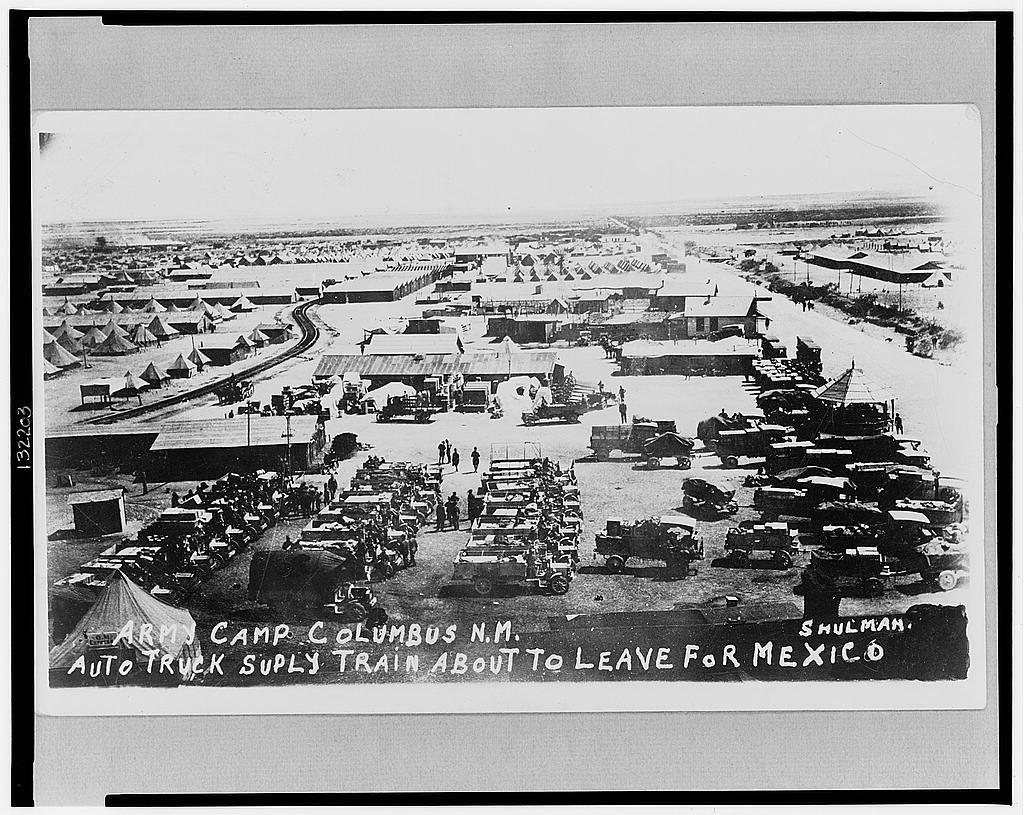
“Army camp Columbus, N.M., auto truck supply train about to leave for Mexico …” (Library of Congress)
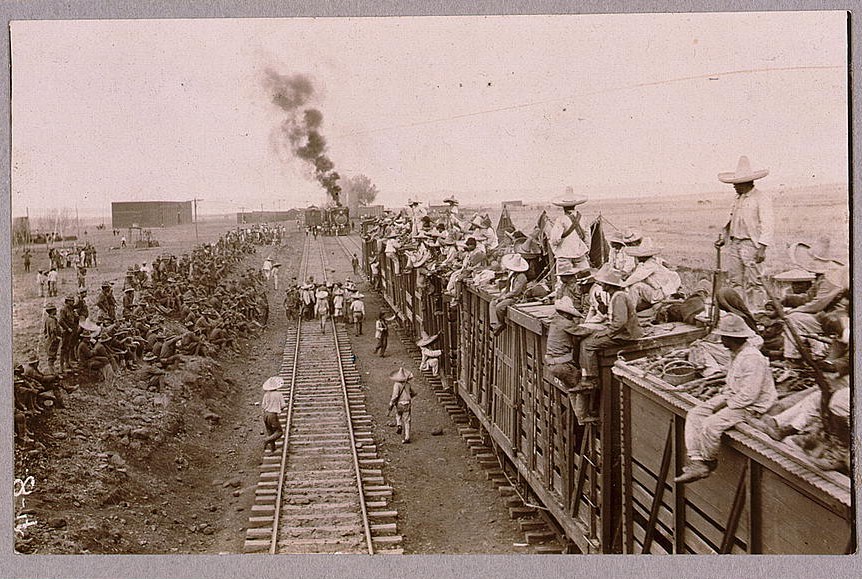
“Carranza and U.S. troops use trains in search for Villa–Mexican-U.S. campaign after Villa, 1916” (Library of Congress)
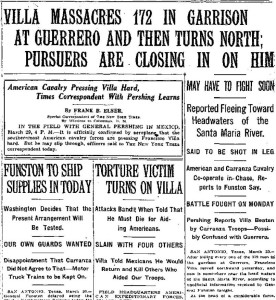
“It is officially confirmed by aeroplane that the southernmost American cavalry forces are pressing Francisco Villa hard.” (NY Times March 31, 1916)
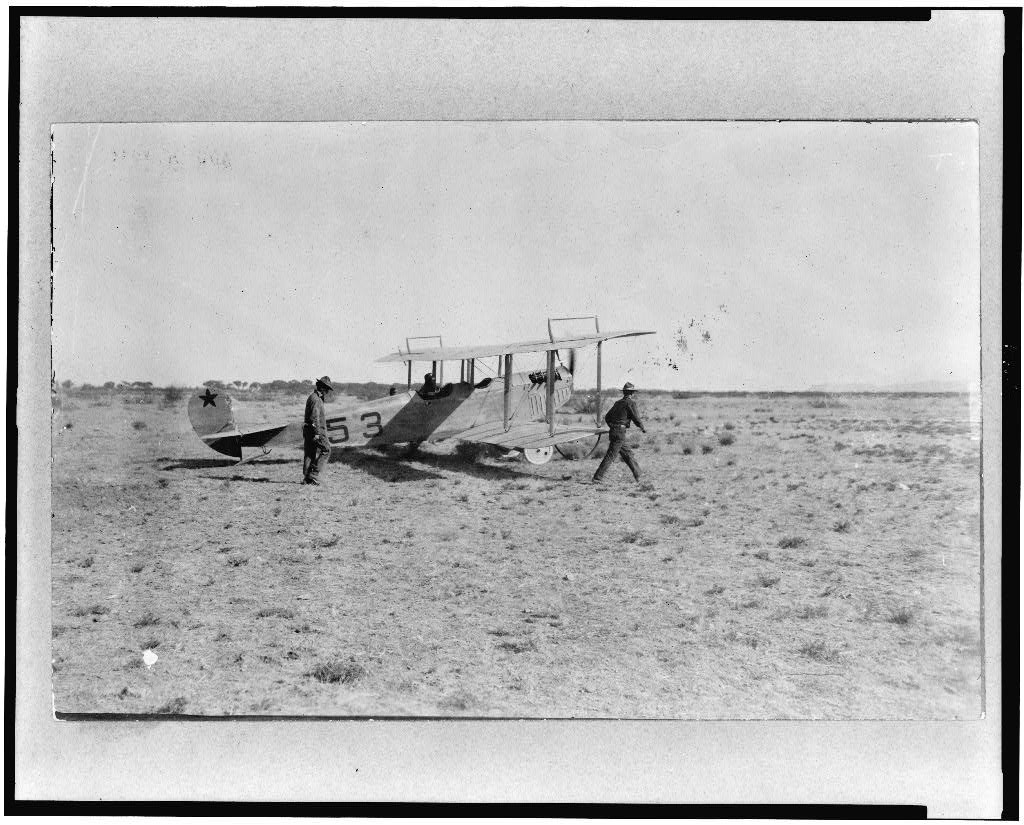
“Lieut. C.G. Chapman preparing for a scouting expedition at Casas Grandes, Mexico–Mexican-U.S. campaign after Villa, 1916” (Library of Congress)
__________________________________________________________
And motorcycles, machine guns, and wireless
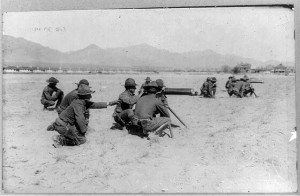
“8th Machine Gun Cavalry in action on Mexican border–Mexican-U.S. campaign after Villa, 1916” (Library of Congress)
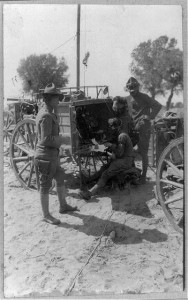
“Receiving wireless messages from the border near Casas Grandes, Mexico – Mexican-U.S. Campaign after Villa, 1916” (Library of Congress)
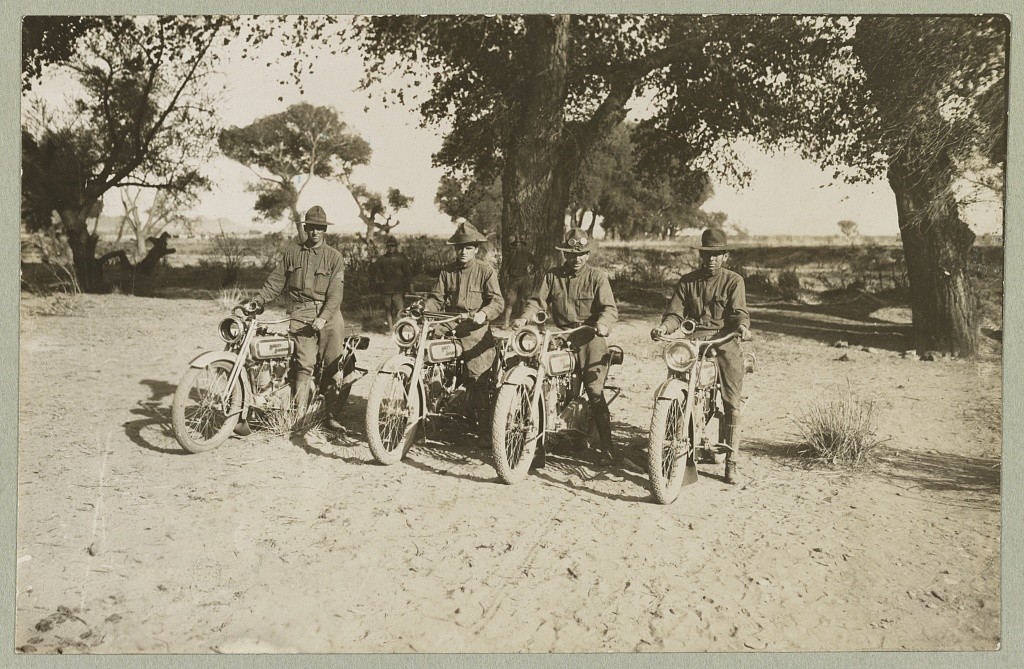
“Motorcycle squad attached to brigade headquarters near Casa Grandes, Mexico Mexican-U.S. campaign after Villa, 1916.” (Library of Congress)
This post certainly has even less to do with the Civil War and/or Reconstruction than usual, but technology did seem to be a theme during the Civil War 150th remembrance. I always liked stories of the telegraph, but by 1916 the army was using wireless. Thaddeus Lowe used hot air balloons were used for aerial reconnaissance during the Civil War; 50 years later aeroplanes were up in the air keeping track (and Zeppelins were still full of hot air). Technological change can be gradual – there were plenty of horses in use as I browsed through all the excellent photos from the Villa Expedition. And sometimes old technology can come to the rescue of the new stuff.

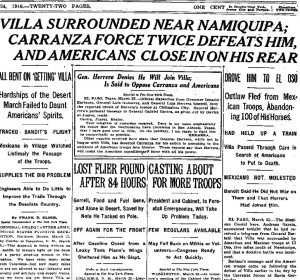
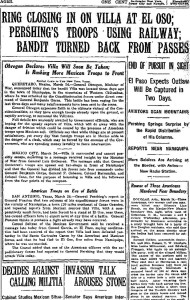
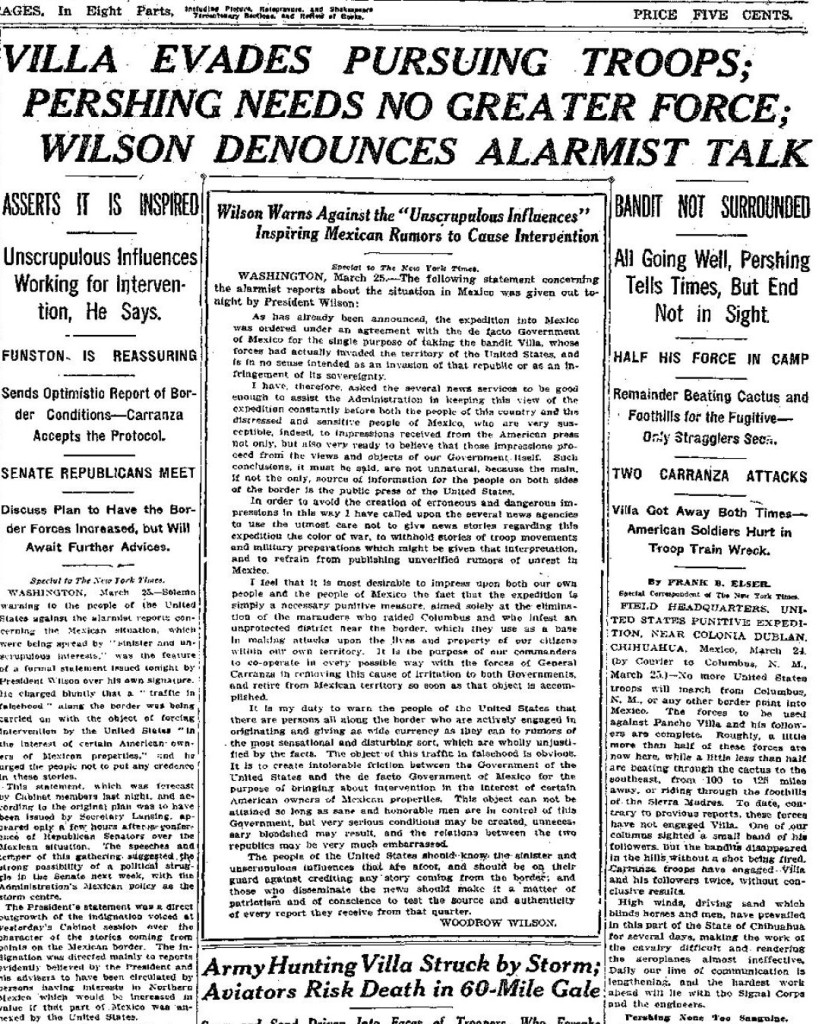
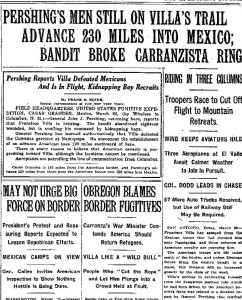
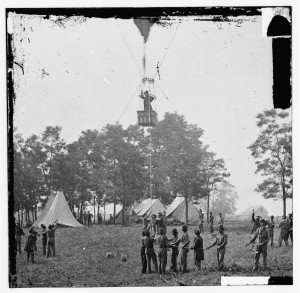
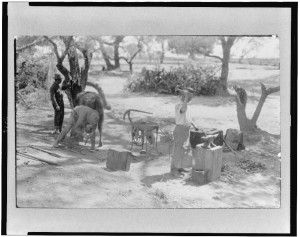
![Capt. B.D. Foulois and Lieut. J.E. [or J.C.?] Carberry picked up by Mexican along road [in wagon] after their aeroplane had fallen 1500 feet - Mexican-U.S. Campaign after Villa, 1916 (c1916 April 27; LOC: https://www.loc.gov/item/2002699808/)](https://www.bluegrayreview.com/wp-content/uploads/2016/03/3b24490r.jpg)